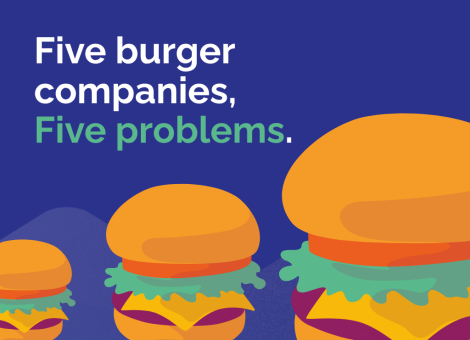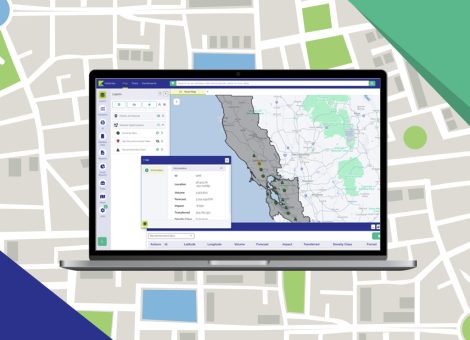Frenemies? Or just enemies? Exploring consolidation in retail fulfillment
It is no secret that one of the biggest challenges facing retailers and consumer brands in an omnichannel world is the cost of providing at-home deliveries. Both e-tailers (brick-and-mortar retailers that also sell products via online channels) and pure e-commerce operators have long been offering free deliveries in an effort to maintain and gain market share, but that has proven to be an increasingly expensive, and for some firms unsustainable, strategy.
Shekar Natarajan, the Chief Supply Chain Officer at American Eagle Outfitters, posed an interesting strategy at a recent National Retail Federation (NRF) supply chain conference – why not have competing firms act as “frenemies” and collaborate to provide single deliveries with products from different retailers in the same package? The concept is intriguing on its face – both pure e-commerce brands and retailers could significantly reduce their delivery costs to be more competitive with the Amazons and Walmarts of the world, with a corresponding reduction in the number of trucks pulling up to consumers’ homes each day and a consolidation in the number of distinct packages being delivered.
Upon further consideration, the notion of combined deliveries presents significant hurdles that would need to be overcome – challenges so significant that the idea seems hopelessly naive. Retailers have built up their own networks of distribution centers, with many using their own brick-and-mortar stores as distribution centers when needed. Would a combined delivery option have trucks going from DC to DC, collecting items for shipment, and then packaging them at a central location for delivery? Obviously not – that would make delivery slower (and potentially more expensive). Would retailers and e-commerce operators “share” distribution centers, or co-locate with a central packaging facility, so that items could be picked from the various providers and then assembled? That would require enormous capital investment for new facilities, leaving unanswered a whole series of questions including:
- What if two (or more) participating retailers have differing delivery timing commitments to the same consumer?
- What happens when one of the participating retailers is temporarily out-of-stock for their portion of the consumer’s order?
- What happens when one of the participating retailers goes bankrupt or is sold to a firm that does not want to participate in the common delivery scheme?
One possible approach that could address some of the obvious logistical concerns would be for third-party delivery companies to build centralized facilities that would include distribution centers (carrying relevant inventory for each of the participating retailers), and provide this service to the participating retailers for a fee.
It’s clear that optimizing “last mile” delivery to consumers accustomed to near-instantaneous receipt of goods ordered online is a challenge for which no easy solution currently exists. While an intriguing idea, the realities of shared deliveries may render this an unachievable goal.
Read more articles about:
Location intelligenceSubscribe and get the latest updates
You may unsubscribe from our mailing list at any time. To understand how and why we process your data, please see our Privacy & Cookies Policy
Related posts
Location intelligence
Five burger companies, five problems
These burger brands had challenges from international growth to understanding franchise locations cannibalization,...

Location intelligence
Market Optimizer: Demo video
Market Optimizer allows users to strategically grow their network in existing markets while balancing revenue...


